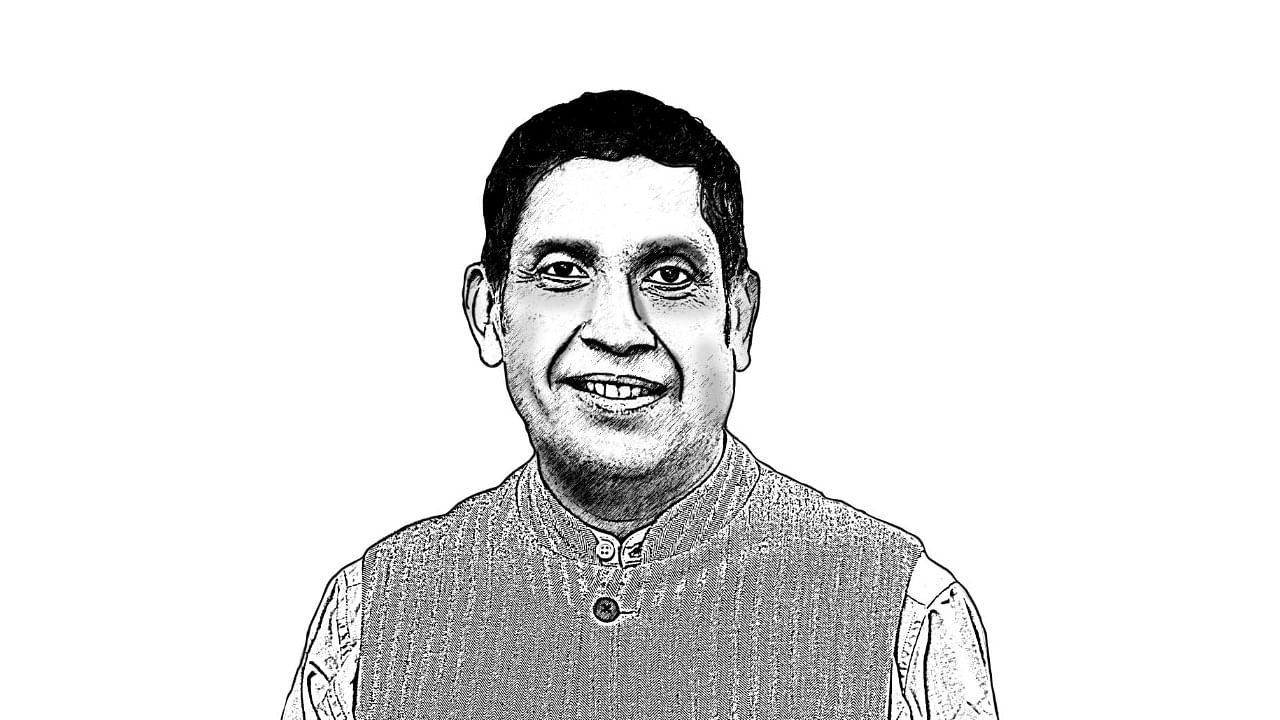
In the recent state election in Himachal Pradesh (HP), the Congress party won a majority. Media commentators claimed confidently that the party’s promise to abandon the New Pension Scheme (NPS) for government employees and revert to the Old Pension Scheme (OPS) was the reason for its victory.
Does that mean that had the Congress not promised the OPS, it would not have won in HP, where for the past 40 years, the Opposition party has always won? Out of the three divisions in HP, the BJP won 1 and the Congress won 2. Does that mean that the promise worked only in certain areas? The Aam Aadmi Party (AAP) also promised the OPS but lost miserably in all the seats. In fact, more people voted for independent candidates than for AAP. Why did the same promise not work for AAP? As Rahul Gandhi asked in a recent press conference – “Where is the scientific evidence for the claim that the Congress won HP due to the OPS promise?” But this column is not about Delhi media’s typical evidence-free and distorted punditry. It is about the federalism of the Old Pension Scheme.
The OPS vs NPS battle between the Union and state governments is about finances and administrative powers. The state governments argue that they have the powers to determine employment terms for their employees. So, it is up to them to decide what type of pension scheme to award to retired employees. While state governments may have the powers to decide, they do not have the money to fulfil these decisions on their own.
In the New Pension Scheme, the pension amount gets built up over 30 years, with contributions from both the employee and the government. In OPS, the entire burden of pension falls on the government. State governments need much more money for the OPS than for the NPS. For example, Himachal currently spends 21% of its revenue on just pensions for government employees. Most large states spend between 15-16% of their revenues on pensions. To put this in context, a large private sector company like Hindustan Lever or Tata Consultancy Services would spend just 2–4% of their profits on pensions. When pensions take up nearly one-fifth of a state government’s finances, it curtails the state’s ability to provide basic health, education, police, sanitation, shelter and water services to its citizens. State governments are then forced to either generate extra revenues or borrow money to meet such important and necessary expenditure.
But states are neither free to generate excess revenues nor borrow as they wish. After the introduction of the Goods and Services Tax (GST), state governments do not have sole powers to generate revenues on their own, except by raising tax rates on a few ‘sin’ goods or property, that are typically not very large sources of revenue.
So, if states are unable to generate more revenues to meet expenditure, their only option is to borrow, for which too they need the Union government’s approval. While this may seem like an infringement on states’ rights, the nation’s fiscal health is dependent on the combined fiscal health of all the states. Hence, the Union government exercises some control over the states’ borrowing capacity and to limit reckless borrowing. Thus, states may have the powers to frame pension rules for their government employees, but they have neither the finances nor the powers to raise resources to implement these rules. This is the crux of the federalism battle between the Union government and state governments over OPS and NPS.
This conflict between the states’ governance powers and fiscal powers is the major fault line in India’s federalism. Elected state governments must have the powers to govern their state in accordance with the wishes of their voters. But their ability to govern is hampered by their inability to get the requisite money for governance. Many experts and economists are uncomfortable with the idea of granting full fiscal freedom to states to generate tax revenues and borrow, for fear of reckless borrowing and spending. This was on evident display at a recent conference organised by PRS Legislative Research where the Chairman of the 15th Finance Commission, N K Singh, waxed eloquent on the need for a central council to decide not just on states’ revenues like the GST Council but even on states’ expenditure, on the premise that the Union government will exercise restraint and not let states get away with profligate expenditure on what the Union government deems ‘freebies’. This condescending tone of the past that the Union government knows best is still dominant in Delhi.
In the early days of the republic, all state governments may not have had the governance capacity or maturity, and hence there was a need to centralise certain key subjects such as finance, defence, external affairs and so on. Seven decades later, we have reached a stage where states are now perhaps better equipped than the Union government to govern, and hence greater decentralisation of powers to states is the right path. Arguably, it may take a few more years for local governments to develop similar capacity to absorb greater administrative powers and hence, further devolution of powers from states to local governments can wait.
Spending on OPS or NPS, freebies or welfare, taxing luxury goods or necessities, are all decisions that can be taken by state governments. But they must also be held accountable and made to face consequences for these decisions. Which means states must be allowed to fail and go bankrupt for indulging in reckless spending. Swim or drown, it’s the adult’s choice.